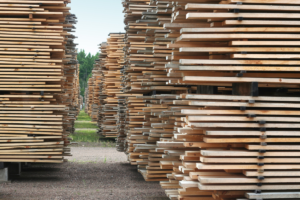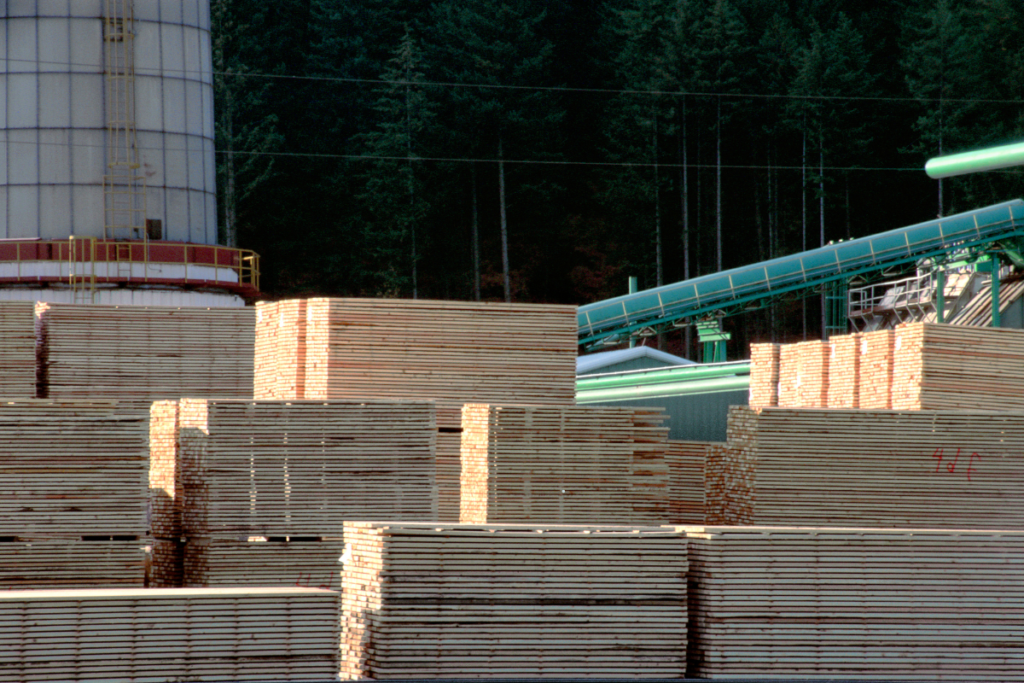 Introduction to Lumber Material Cost Estimator:
Introduction to Lumber Material Cost Estimator:
In the ever-evolving world of construction and carpentry, accurate cost estimation plays a pivotal role in ensuring project success. One essential tool for achieving this accuracy is a lumber material cost estimator. Whether you’re a contractor managing a large-scale project or a DIY enthusiast working on a home renovation, understanding the nuances of lumber costs is crucial for staying within budget and maximizing quality.
The Importance of Accurate Lumber Cost Estimation
Lumber prices can fluctuate significantly due to various factors, including supply chain disruptions, demand fluctuations, and changes in market conditions. Consequently, a reliable lumber material cost estimator can help you navigate these uncertainties, providing accurate calculations that enable you to make informed decisions.
- Budget Management: Accurate cost estimation helps you manage your budget effectively. By knowing the precise costs associated with different types of lumber, you can allocate funds appropriately and avoid overspending.
- Material Selection: A lumber material cost estimator allows you to compare prices for various lumber types, enabling you to select the best materials that fit your budget without compromising quality.
- Project Planning: Understanding lumber costs helps streamline project planning. Accurate estimates allow you to schedule orders, manage timelines, and coordinate labor effectively, ensuring that your project proceeds smoothly.
How to Use a Lumber Material Cost Estimator
Using a lumber material cost estimator can significantly simplify the estimation process. Here’s how you can make the most of it:
Step 1: Gather Your Project Details
Before using the estimator, collect all necessary information regarding your project, including:
- Project Scope: Understand the size and complexity of the project, including the types of structures you plan to build or renovate.
- Lumber Types: Determine which types of lumber you’ll need, such as softwood, hardwood, engineered wood, or specialty lumber.
- Quantity Requirements: Calculate the total quantity of lumber required for your project based on the design specifications.
Step 2: Input Data into the Estimator
Once you have all the necessary information, input it into the lumber material cost estimator. Most estimators allow you to enter specific details about your project, such as:
- Dimensions of each component (length, width, height)
- Type of lumber (e.g., 2×4, plywood, etc.)
- Desired quality (e.g., grade, finish)
Step 3: Analyze the Output
After entering your data, the estimator will generate a detailed breakdown of the estimated costs. This output typically includes:
- Material Costs: A comprehensive list of lumber prices based on the quantities and types you’ve specified.
- Total Project Costs: An overall cost projection that includes not only lumber but also potential shipping fees, taxes, and other relevant expenses.
Step 4: Adjust as Needed
If the estimates exceed your budget, don’t panic. Use the results to make informed decisions. You can:
- Substitute expensive lumber types with more affordable alternatives.
- Reduce the quantity of lumber needed by optimizing your design.
- Look for discounts or bulk purchase options to lower costs.
Factors Affecting Lumber Costs
Several factors can influence lumber prices, and understanding these can help you make better estimates:
- Market Demand: The demand for lumber often rises during peak construction seasons. Higher demand typically leads to increased prices.
- Supply Chain Issues: Disruptions in the supply chain, such as transportation delays or natural disasters, can lead to shortages, driving prices up.
- Regional Variations: Lumber prices can vary based on location. Local suppliers may offer different prices due to transportation costs or regional availability.
- Type of Lumber: The quality and type of lumber play a significant role in determining costs. Hardwoods generally cost more than softwoods, and specialty lumber types can command premium prices.
Advantages of Using a Lumber Material Cost Estimator
- Time-Saving: Manual calculations can be time-consuming and prone to errors. A lumber material cost estimator streamlines the process, allowing you to focus on other critical aspects of your project.
- Increased Accuracy: With built-in formulas and up-to-date pricing data, estimators provide more accurate cost projections than manual calculations, reducing the risk of budget overruns.
- Enhanced Decision-Making: By providing a clear overview of material costs, estimators empower you to make informed decisions about material selection and budget management.
- Future Project Planning: Utilizing an estimator for one project can help you refine your estimation skills for future projects, ultimately improving your overall project management capabilities.
Investing in a lumber material cost estimator is a wise decision for anyone involved in construction or woodworking. By providing accurate and detailed cost breakdowns, these estimators enable better budget management, informed material selection, and efficient project planning. As lumber prices continue to fluctuate, staying ahead of the game with reliable cost estimation tools will save you time and money in the long run.
Are you looking for the best estimating services in USA?
Look no further than “https://zionestimating.com”
They are offering top-notch services like;
- Construction/cost estimation
- Budget planning
- Material takeoff
- Equipment estimation
and further more!!!
Here are some more information for your convenience:
Phone no. : +1 718-427-9941 || +1 562-383-6177
Email:[email protected]
Visit their blogs and site
https://zionestimating.com for the latest updates and service tips!
